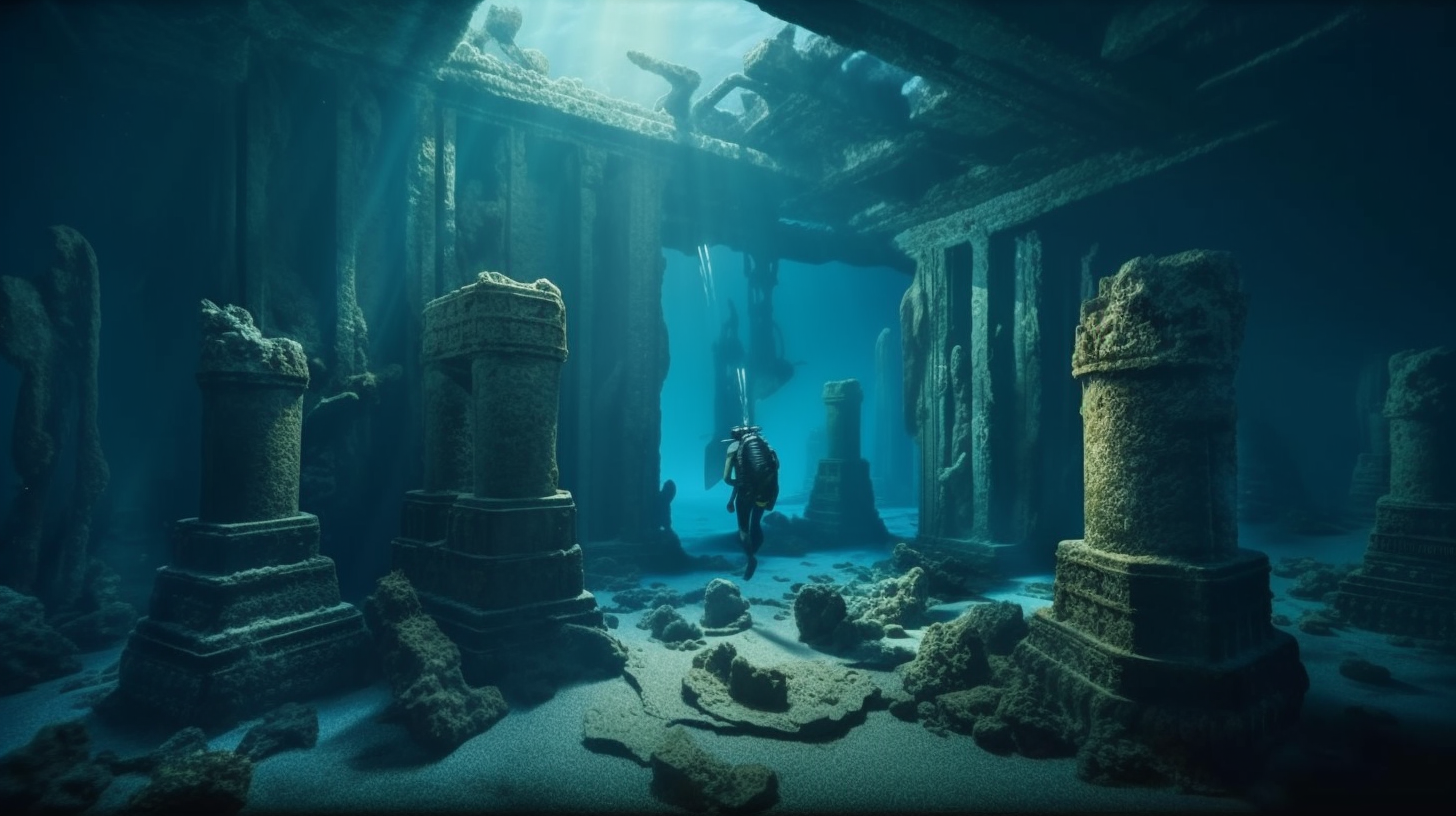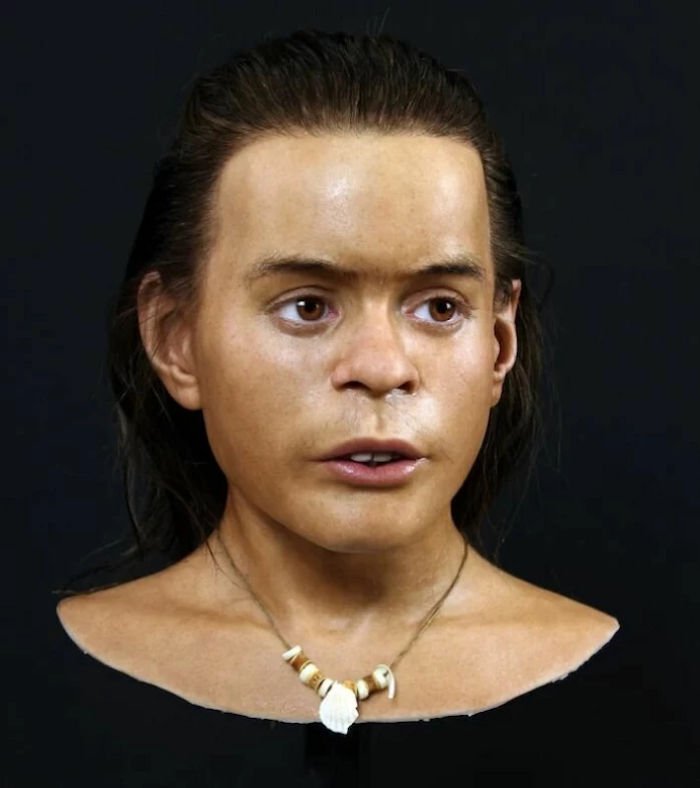In the early 19th century, the University of Warsaw acquired an Egyptian mummy encased in an elaborate coffin identifying the deceased as a priest named Hor-Djehuty. Nearly 200 years later, in 2016, researchers using X-ray technology were surprised to discover that the mummified remains belonged not to a man, as the inscription indicated, but to an unidentified young woman. Then came another revelation: While examining images of the mummy’s pelvic area, researchers spotted a tiny foot—a sure sign that the woman was pregnant at the time of her death, reports Monika Scislowska for the Associated Press (AP).
Writing in the Journal of Archaeological Science, the team describes the find as “the only known case of an embalmed pregnant individual.”
This mummy, the scientists hope, will shed new light on pregnancy in the ancient world.
Experts with the Warsaw Mummy Project have dubbed the deceased the “mysterious lady of the National Museum in Warsaw” in honor of the Polish cultural institution where she is now housed. They do not know who the woman was or exactly where her body was discovered. Though the individual who donated the mummy to the university claimed it came from the royal tombs at Thebes, a famed burial site of ancient pharaohs, the study notes that “in many cases antiquities were misleadingly ascribed to famous places in order to increase their value.”
When the mummy first arrived in Poland, researchers assumed it was female because its coffin was covered in colorful and luxurious ornaments. After the hieroglyphs on the coffin were translated in the 1920s, however, the body was reclassified as male based on inscriptions bearing the name of a scribe and priest, writes Lianne Kolirin for CNN. As a result, when modern researchers undertook a non-invasive study of the mummy using X-ray and CT scans, they expected to find a male body beneath the ancient wrappings.
“Our first surprise was that it has no penis, but instead it has breasts and long hair, and then we found out that it’s a pregnant woman,” co-author Marzena Ozarek-Szilke, an anthropologist and archaeologist at the University of Warsaw, tells the AP. “When we saw the little foot and then the little hand [of the fetus], we were really shocked.”
At some point, it seems, the body of a pregnant woman was placed inside the wrong coffin. Ancient Egyptians are known to have reused coffins, so the switch may have happened many centuries ago. But the study also notes that during the 19th century, illegal excavators and looters often partially unwrapped mummies and searched for valuable objects before returning the bodies to coffins—“not necessarily the same ones in which the mummy had been found.” The Warsaw mummy does indeed show signs of looting—namely, damaged wrappings around the neck, which may have once held amulets and a necklace.
Embalmers mummified the woman with care at some point in the first century B.C. She was buried alongside a rich array of jewelry and amulets, suggesting that she was of high status, lead author Wojciech Ejsmond, an archaeologist at the Polish Academy Sciences, tells Samantha Pope of the Ontario-based National Post. CT scans of the body indicate that the woman was between 20 and 30 years old at the time of her death.
Experts don’t know how the “mysterious lady” died, but given the high rate of maternal mortality in the ancient world, it’s possible that pregnancy could have factored into her demise, Ejsmond tells Szymon Zdziebłowski of state-run Polish news agency PAP.
Judging by the size of its head, the fetus was between 26 and 30 weeks old. It was left intact in the woman’s body—a fact that has intrigued researchers, as other documented instances of stillborn babies being mummified and buried with their parents exist. What’s more, four of the mummy’s organs—likely the lungs, liver, stomach and heart—appear to have been extracted, embalmed and returned to the body in accordance with common mummification practices. Why did the embalmers not do the same with the unborn baby?
Perhaps, Ejsmond tells CNN, the fetus was simply too difficult to remove at this stage of development.
Alternatively, he says, “Maybe there was a religious reason. Maybe they thought the unborn child didn’t have a soul or that it would be safer in the next world.”
The fetus’ discovery is particularly important because “pregnancy and traumatic complications [typically] leave little or no osteological evidence,” write the authors in the study. The mummy thus opens up new pathways into the study of perinatal health in the ancient world.
Next, reports PAP, researchers plan to analyze trace amounts of blood in the woman’s soft tissue in hopes of gaining a clearer picture of her cause of death.
“This is our most important and most significant finding so far, a total surprise,” Ejsmond tells the AP. “It opens possibilities of learning about pregnancy and treatment of complications in ancient times.”
The mummy also raises tantalizing questions about the place of unborn babies within the Egyptian mythology of the afterlife.
As the study’s authors ask, “The case study presented here opens a discussion into the context of the studies of ancient Egyptian religion—could an unborn child go to the netherworld?”














































